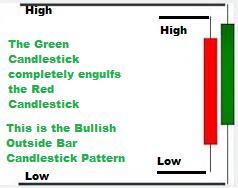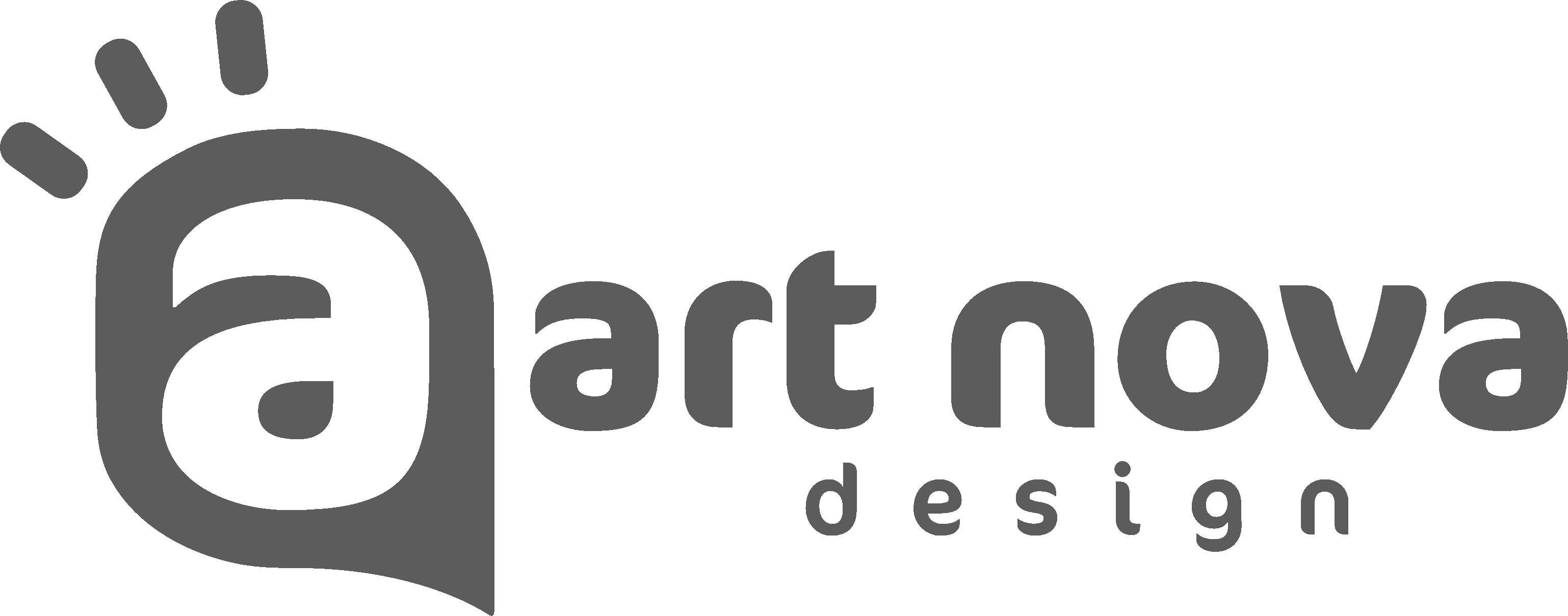Introduction to Computer Vision and Image Processing
Contents:


When you enroll in the course, you get access to all of the courses in the Certificate, and you earn a certificate when you complete the work. Your electronic Certificate will be added to your Accomplishments page – from there, you can print your Certificate or add it to your LinkedIn profile. If you only want to read and view the course content, you can audit the course for free. We have a lot of pull requests, and we need more people to review and test them!
Here you can https://forexhero.info/ tutorials about how to set up your computer to work with the OpenCV library. Additionally you can find very basic sample source code to introduce you to the world of the OpenCV. Image smoothing is a very helpful feature, which is mostly performed before the images are passed on to a machine learning model. It is mostly done to remove noise/high-frequency elements from images by passing the image through a low-pass filter. There are many filters, including box filter , median filter, mode filter, Gaussian filter, and many more; however, to understand image smoothing and how to do it using OpenCV, we will only cover the box filter.
Introducing ZUBoard for Accelerated Edge AI – Hackster.io
Introducing ZUBoard for Accelerated Edge AI.
Posted: Tue, 13 Sep 2022 07:00:00 GMT [source]
The official tutorials are a good place to start, but you’ll also find a lot of help if you search specifically on a problem you’d like to tackle with OpenCV. OpenCV reads images in the BGR color format, but matplotlib wants them in RGB, so first we have to convert the image. Displaying an image using OpenCV is a two-step process; first, we have to load it, and then we can display it.
Now we will focus on extracting the RGB values of an individual pixel. This is the original image that we will manipulate throughout the course of this article. In this article, I will try to introduce the most basic and important concepts of OpenCV in an intuitive manner.
You are unable to access pythongeeks.org
Already have some code that you want to see as a part of the library? The above line of code will do as specified in the syntax- i.e., it will destroy all windows that have been created during our OpenCV session. If you would like to destroy/close a single, specific window- you may pass the name of the window as a string.
In this line of code, we import all methods, operations, and functions that are offered by the Computer Vision library. OpenCV supports a variety of image formats, and when it fails to parse an image, the result of imread will be None. Note that if the image file isn’t found, no error will be raised — the result will be None as well. To conclude it all, let’s reiterate over some important points that we discussed in this article. OpenCV is a library available in multiple languages and is mostly used in conjunction with NumPy, SciPy and Matplotlib, as we saw in some of the examples above, as well. Some of its functions are the same as in Matlab, and it also supports vectorized operations, hence increasing computational efficiency.
- The second parameter is the image handler we created using the cv2.imread() function.
- So ideally, but not mandatorily, some NumPy familiarity is required to understand this collection.
- If one is familiar with the Python Programming Language, one will understand that this is the standard syntax used to import dependencies/libraries/packages into the current script.
- # python# artificial intelligence# machine learning# tensorflowMost resources start with pristine datasets, start at importing and finish at validation.
By using it, one can process images and videos to identify objects, faces, or even handwriting of a human. When it integrated with various libraries, such as NumPy, python is capable of processing the OpenCV array structure for analysis. To Identify image pattern and its various features we use vector space and perform mathematical operations on these features.
Reading and Writing Videos using OpenCV
In this module, we will learn the basics of image processing with Python libraries OpenCV and Pillow. This module gives a short introduction to OpenCV and demonstrates its object detection functionality. OpenCV was built to provide a common infrastructure for computer vision applications and to accelerate the use of machine perception in the commercial products. Being an Apache 2 licensed product, OpenCV makes it easy for businesses to utilize and modify the code. Linear algebra functions and most of the machine learning algorithms work with floating-point arrays only. # python# artificial intelligence# machine learning# tensorflowMost resources start with pristine datasets, start at importing and finish at validation.
Actually you may become an official reviewer in the OpenCV project one day. At first try to troubleshoot the problem usingdocumentationandtutorials. It is the most commonly used, popular, and well-documented Computer Vision library. It is open-source, which means that one does not require a license to utilize the software. An image may be defined as a two-dimensional function f, where x and y are spatial coordinates, and the amplitude of fat any pair of coordinates is called the intensity or grey level of the image at that point. It’s the basic introduction to OpenCV we can continue the Applications and all the things in our upcoming articles.
We make use of the imshow() method to display the image that has been loaded into memory, onto the digital display . We need to understand that the imshow() is a very powerful OpenCV method because it creates a display for us- it will return a GUI Window to us, which contains our image that has been loaded into memory. From the above original image, lots of pieces of information that are present in the original image can be obtained. Like in the above image there are two faces available and the person in the images wearing a bracelet, watch, etc so by the help of OpenCV we can get all these types of information from the original image. Color space conversion functions support 8-bit unsigned, 16-bit unsigned, and 32-bit floating-point types. The face detection algorithm only works with 8-bit grayscale or color images.
Camera Calibration and 3D Reconstruction – basic multiple-view geometry algorithms, single and stereo camera calibration, object pose estimation, stereo correspondence algorithms, and elements of 3D reconstruction. OpenCV and matplotlib integrate so cleanly because an OpenCV image is, in fact, just a multi-dimensional NumPy array containing the pixel values, and matplotlib can work with that. # python# machine learning# computer vision# pytorchIf you drive – there’s a chance you enjoy cruising down the road. A responsible driver pays attention to the road signs, and adjusts their…
OpenCV — which stands for Open source Computer Vision — is a popular, open-source, computer library originally developed by Intel in 1999, being actively used by the industry and academy. The library is cross-platform and free for use under the BSD license. Cross referencing OpenCV from other Doxygen projects – This document outlines how to create cross references to the OpenCV documentation from other Doxygen projects. As part of the Google Summer of Code 2013 program under the guidance of Alexander Mordvintsev. Prior knowledge of Python and Numpy is recommended as they won’t be covered in this guide. Proficiency with Numpy is a must in order to write optimized code using OpenCV-Python.
Introduction to Computer Vision and Image Processing
IBM is also one of the world’s most vital corporate research organizations, with 28 consecutive years of patent leadership. Above all, guided by principles for trust and transparency and support for a more inclusive society, IBM is committed to being a responsible technology innovator and a force for good in the world. Please checksamples– for the preferred style (small code size, cross-platform). There isno needto provide any project files or makefiles, if it is a short single-file sample, we could build it and run in a minute.
12 Data Science Projects for Beginners and Experts – Built In
12 Data Science Projects for Beginners and Experts.
Posted: Fri, 18 Nov 2022 08:00:00 GMT [source]
Developed in efficient C/C++ code, OpenCV also presents a stable Python interface since 2009. The functions prototypes in the Python API can differ from the C++ version, but the OpenCV official documentation presents both versions for reference. It also currently supports the popular deep learning frameworks TensorFlow, PyTorch and Caffe. The collection presented in this article is focused on the OpenCV’s Python API usage. In this module, you will learn about object detection with different methods. The first approach is using the Haar Cascade classifier, the second one is to use R-CNN and MobileNet.
Read, Display and Write an Image using OpenCV
It has C++, Python, Java and MATLAB interfaces and supports Windows, Linux,Androidand Mac OS. OpenCV leans mostly towards real-time vision applications and takes advantage of MMX and SSE instructions when available. A full-featuredCUDAandOpenCLinterfaces are being actively developed right now. There are over 500 algorithms and about 10 times as many functions that compose or support those algorithms. OpenCV is written natively in C++ and has a templated interface that works seamlessly with STL containers.
- We will learn how to setup OpenCV cross compilation environment for ARM Linux.
- Being an Apache 2 licensed product, OpenCV makes it easy for businesses to utilize and modify the code.
- Explains how to build and run a simple desktop Java application using Eclipse, Ant or the Simple Build Tool .
- You will learn what steps you need to perform in order to use the OpenCV library inside a new Microsoft Visual Studio project.
- In the final week of this course, you will build a computer vision app that you will deploy on the cloud through Code Engine.
If we talk about the basic definition of image processing then “Image processing is the analysis and manipulation of a digitized image, especially in order to improve its quality”. Image processing is a method to perform some operations on an image, in order to get an enhanced image and or to extract some useful information from it. That is, the same function or the same methods of different class instances can be called from different threads. Also, the same Mat can be used in different threads because the reference-counting operations use the architecture-specific atomic instructions. The subset of supported types for each function has been defined from practical needs and could be extended in future based on user requests.
Interfaces for high-speed GPU operations based on CUDA and OpenCL are also under active development. We have created a series of tutorials for absolute beginners to get started with OpenCV. You will find more information about other relevant topics and applications while going through each post. In this module, you will learn about Neural Networks, fully connected Neural Networks, and Convolutional Neural Network .
OpenCV has great people and community involved as users, developers and researchers, the number is more than 47 thousand and estimated number of downloads exceeding 7 million. The library contains more than 2500 optimized algorithms, which has excellent accuracy in performance and speed. Let’s try out the pre-trained classifier for Russian car plates, haarcascade_russian_plate_number.xml. If you want an image to test, you can use this image of a Lada Vesta by Sergey Rodovnichenko. Let it be known that this article was just the tip of the iceberg, and OpenCV has a lot more to offer.
How to Perform Motion Detection Using Python – KDnuggets
How to Perform Motion Detection Using Python.
Posted: Fri, 12 Aug 2022 07:00:00 GMT [source]
So ideally, but not mandatorily, some NumPy familiarity is required to understand this collection. In my other article you will find a NumPy notebook that introduce the required knowledge. Python is a general purpose programming language started by Guido van Rossum that became very popular very quickly, mainly because of its simplicity and code readability.
Image Thresholding in OpenCV
The notebooks are divided by the topics, each containing a lesson with estimated time needed for completion. Below is the list of contributors who submitted tutorials to OpenCV-Python. We have designed this Python course in collaboration with OpenCV.org for you to build a strong foundation in the essential elements of Python, Jupyter, NumPy and Matplotlib.

Blending images is similar to image addition, except each image’s contribution to the new resulting image can be controlled. Basically, if we want one image to be more focused, and the other one to be more faint when they get merged, we will go with blending, instead of simple addition. While there are many operations you can perform, we will only be showing two examples here, as this will then allow you to apply the concept to other arithmetic operations available in OpenCV. The first example will be the addition of two images, and the second example will be blending two images. OpenCV was started at Intel in 1999 by Gary Bradsky, and the first release came out in 2000. Vadim Pisarevsky joined Gary Bradsky to manage Intel’s Russian software OpenCV team.
OpenCV-Python makes use of Numpy, which is a highly optimized library for numerical operations with a MATLAB-style syntax. All the OpenCV array structures are converted to and from Numpy arrays. This also makes it easier to integrate with other libraries that use Numpy such as SciPy and Matplotlib. Let’s start with the simple task of reading an image using OpenCV. Contribute to the OpenCV library by providing coder time or by being part of development decisions.

Computer Vision is the base or mostly used for opencv introduction. Computer-Vision is playing a major role in self-driving cars, robotics as well as in photo correction apps. We will learn how to setup OpenCV cross compilation environment for ARM Linux.

There are no comments